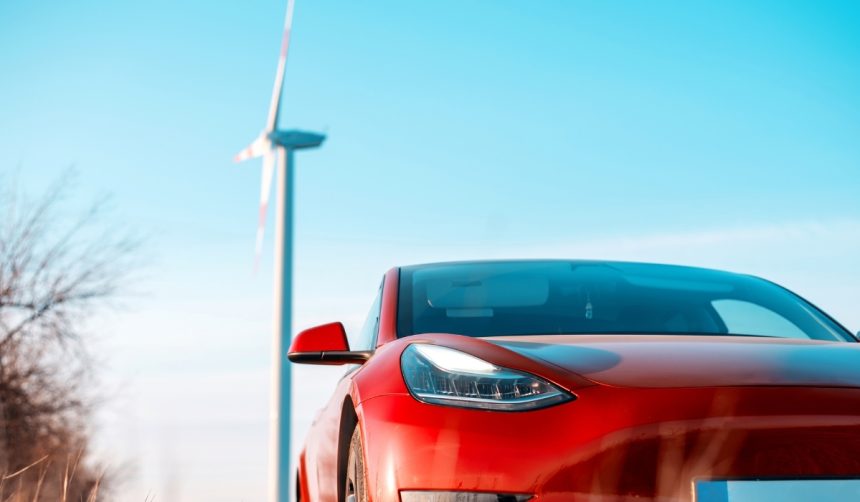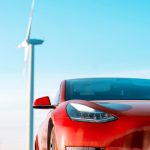Tesla has altered its approach to marketing by launching fresh advertising campaigns aimed at maximizing vehicle sales ahead of the expiration of the $7,500 electric vehicle tax credit. This strategy departs from the company’s longstanding resistance to paid promotions, reflecting tactical adjustments tied to evolving sales objectives and incentive deadlines. While many automakers allocate significant budgets to advertising, Tesla traditionally channeled those funds into developing its vehicles, placing product advancement above public marketing efforts. The new campaigns seek to capture last-minute buyers who are still eligible for federal tax incentives, signaling a focus on volume as the quarter draws to a close. Some industry observers anticipate that Tesla’s advertising tactics could set a precedent for similar shifts across the electric vehicle sector.
Tesla’s reluctance to engage in traditional advertising has historically set it apart from its competitors, with CEO Elon Musk repeatedly arguing that resources were better spent on technological innovation. Media discussions in previous years often highlighted Tesla’s viral word-of-mouth campaigns and strong online community presence instead of conventional ad placements. Compared to earlier years when Tesla claimed not to advertise or seek paid endorsements, the current use of platforms like YouTube, X, and Google marks an evident change in strategy. Prior stories have focused on Musk’s statements about rejecting advertising in favor of product excellence, making this recent pivot a significant move in the company’s evolving sales approach.
What Motivated Tesla’s Recent Marketing Push?
The immediate driver for this advertising push appears to be the looming end of the federal tax credit for electric vehicle purchases. With only a short window left for consumers to benefit from this incentive, Tesla is intensifying its efforts to draw in new buyers. This decision signals a pragmatic shift, suggesting the company is ready to adapt its methods when high-stakes sales targets are involved.
How Has Tesla Communicated Its Advertising Philosophy?
For years, Tesla’s leaders referenced their decision to avoid advertising. CEO Elon Musk previously stated,
Tesla does not advertise or pay for endorsements. Instead, we use that money to make the product great.
In 2021, Musk reiterated,
Other companies spend money on advertising & manipulating public opinion, Tesla focuses on the product. I trust the people.
Nonetheless, Tesla’s current campaigns suggest that principles surrounding advertising are flexible when market conditions demand it.
What Platforms and Products Are Receiving Promotion?
Tesla is currently placing ads on platforms including YouTube, X, and Google, promoting core models such as the Model 3 and Model Y. The scope of the advertising appears focused and time-sensitive, aiming to leverage remaining federal incentives before the credit phase-out. This targeted approach reflects an understanding of consumer behavior during promotional periods and a willingness to use digital channels to reach a broader audience.
Tesla’s recent embrace of advertising demonstrates a dynamic response to short-term business needs, potentially redefining its marketing principles if successful. For consumers, this could mean greater awareness of available incentives and improved accessibility to information about Tesla vehicles. Businesses in the automotive industry may watch Tesla’s campaign outcomes closely to gauge whether similar tactics would benefit their own sales efforts when key incentives are at stake. Monitoring the effectiveness of this new strategy will offer insights into the interplay between high-profile brand philosophies and practical market realities.
- Tesla adopts advertising to boost sales before the tax credit deadline.
- The brand utilizes platforms like YouTube, X, and Google for promotion.
- Consumer incentives influence Tesla’s flexible marketing approach.










